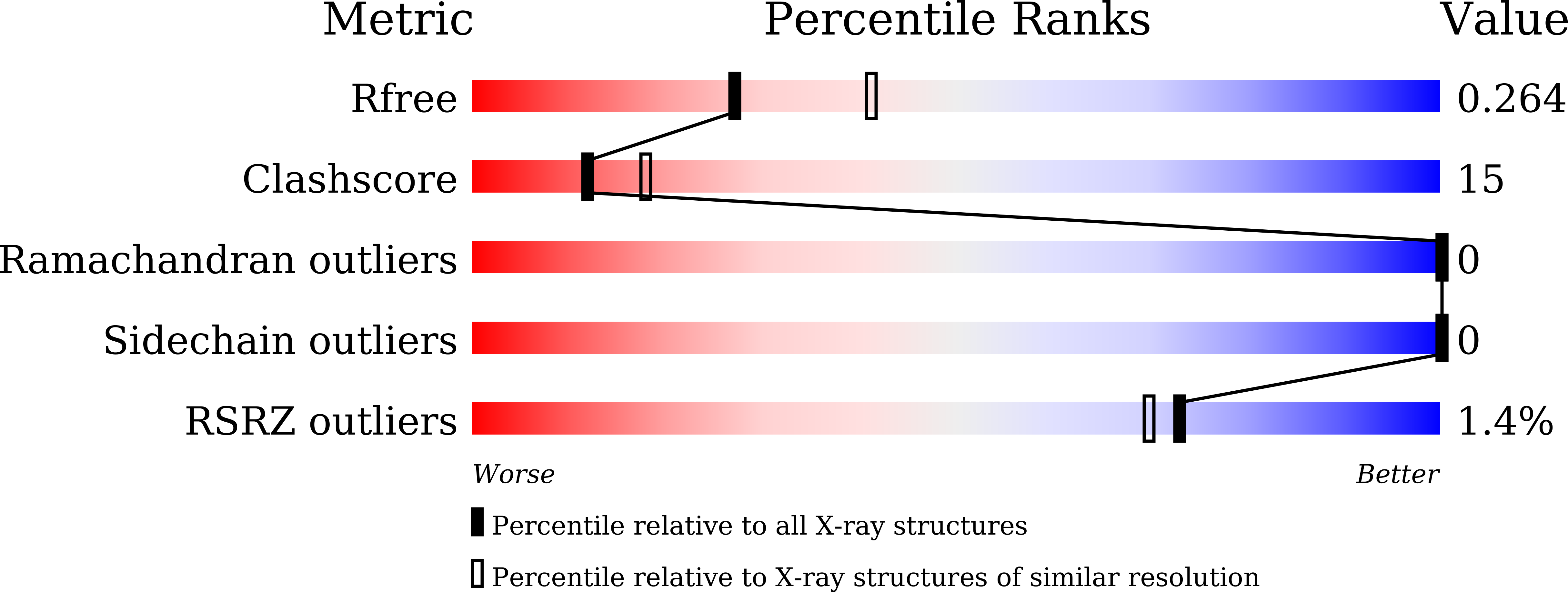
Deposition Date
2024-10-29
Release Date
2025-04-16
Last Version Date
2025-11-19
Entry Detail
PDB ID:
9KAS
Keywords:
Title:
Crystal structure of anti-sulfonylurea antibody scFv in complex with chlorpropamide
Biological Source:
Source Organism:
Mus musculus (Taxon ID: 10090)
Host Organism:
Method Details:
Experimental Method:
Resolution:
2.40 Å
R-Value Free:
0.26
R-Value Work:
0.22
R-Value Observed:
0.22
Space Group:
P 21 21 21


